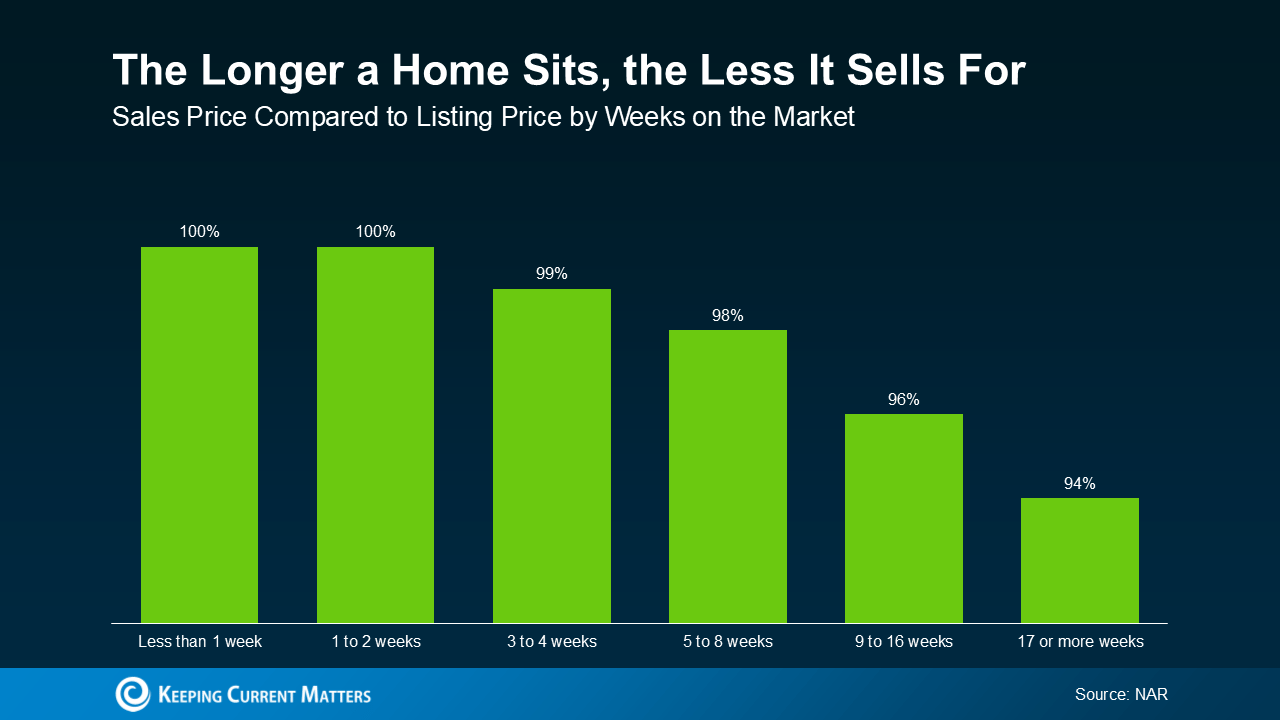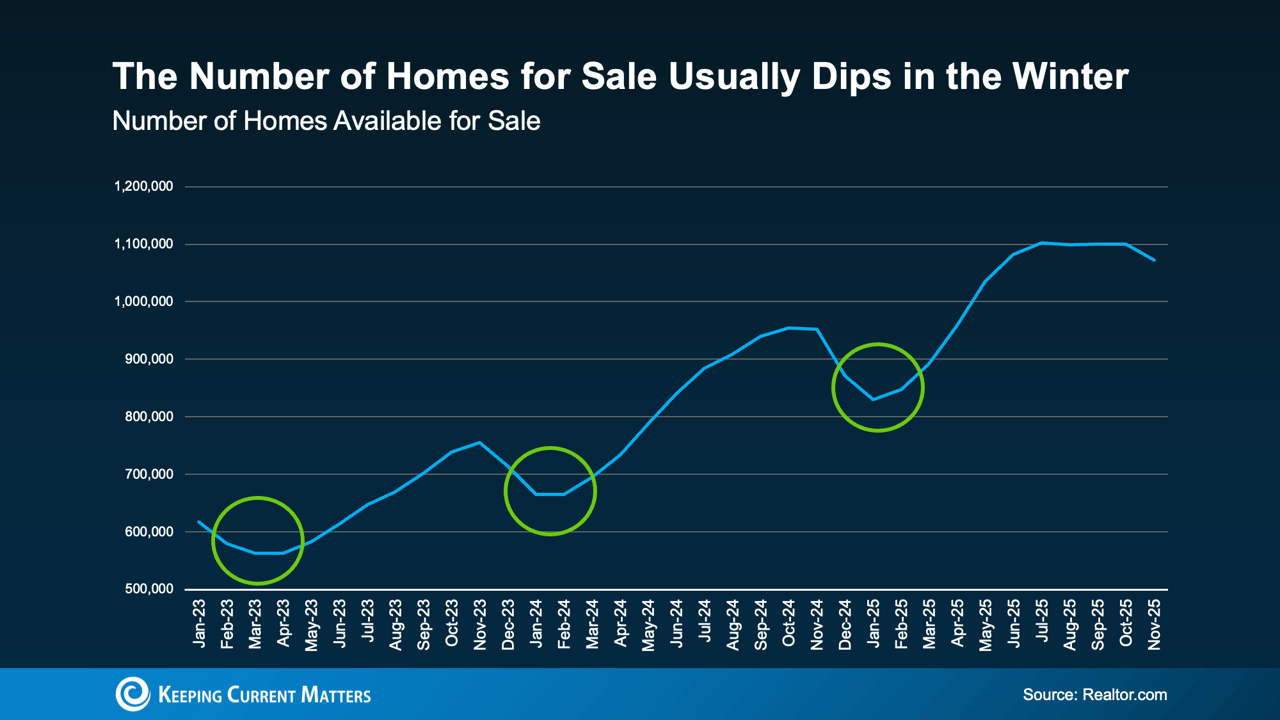How to Do a CMA (Comparative Market Analysis)
Real Estate Pricing & Market Analysis

Real Estate Pricing & Market Analysis

A strong CMA (Comparative Market Analysis) is a game-changer in real estate. It’s not just about picking numbers—it’s about telling a story with data to guide your clients confidently. Whether you’re pricing a home for sellers or advising buyers, here’s a comprehensive step-by-step guide to mastering CMAs.
Before diving into comps, set clear parameters for your analysis:
• Neighborhood: Stick to the same subdivision or a 1-mile radius.
• Timeframe: Use sales data from the last 3-6 months.
• Property Type: Compare single-family homes to single-family homes, condos to condos, etc.
Pro Tip: If no close comps are available, expand the radius or look at older sales, but note the adjustments you’ll need to make.
Look for 5-7 comparable properties, focusing on:
• Homes with similar square footage (within 10%).
• Similar lot sizes and features (garage, pool, finished basement).
• Comparable condition and age.
Pro Tip: Pay attention to trends. Are prices rising or falling? Are buyers paying over asking? This context matters when setting expectations.
Adjust comps to align with your subject property. For example:
• If a comp has a pool worth $20,000 and your subject property doesn’t, subtract $20,000 from the comp’s value.
• If your property has a newer roof, add value compared to comps with older roofs.
Pro Tip: Research local guidelines for adjustment values. For example, a bedroom might add $10,000 in one area but $25,000 in another.
These listings can tell you what price ranges the market won’t support. Pay attention to patterns, like overpriced homes sitting for months without offers.
Pro Tip: Use this data to educate sellers on why overpricing can hurt their chances.
Use charts, graphs, and side-by-side comparisons to make your CMA easy for clients to understand. Include:
• A summary of average price per square foot.
• Days on market for sold listings.
• A pricing recommendation backed by data.
Pro Tip: Highlight key selling points to help your clients feel confident about the pricing strategy.
Be ready to explain:
• Why a neighbor’s home sold for more or less.
• How upgrades (or lack of them) affect pricing.
• The importance of starting with the right price to attract buyers.
Pro Tip: Keep answers simple and data-driven to build trust.
A great CMA isn’t just a pricing tool—it’s a conversation starter and trust builder. The more accurate and transparent your CMA, the more confident your clients will feel in your guidance.
Curious about how the agents at Clareo capitalize on the professional coaching offered and win more deals? Send us a message!
Start Your New Home Search Now!
Stay up to date on the latest real estate trends.

Why longer-listed homes can give Atlanta buyers more leverage and savings

Less Competition, Motivated Buyers, and a Head Start Before Spring

Homebuyer Tips
Boosting Your Home Value in Georgia

Home Selling Tips
Smart tips for Georgia homeowners selling in today’s market
You’ve got questions, and we can’t wait to answer them.